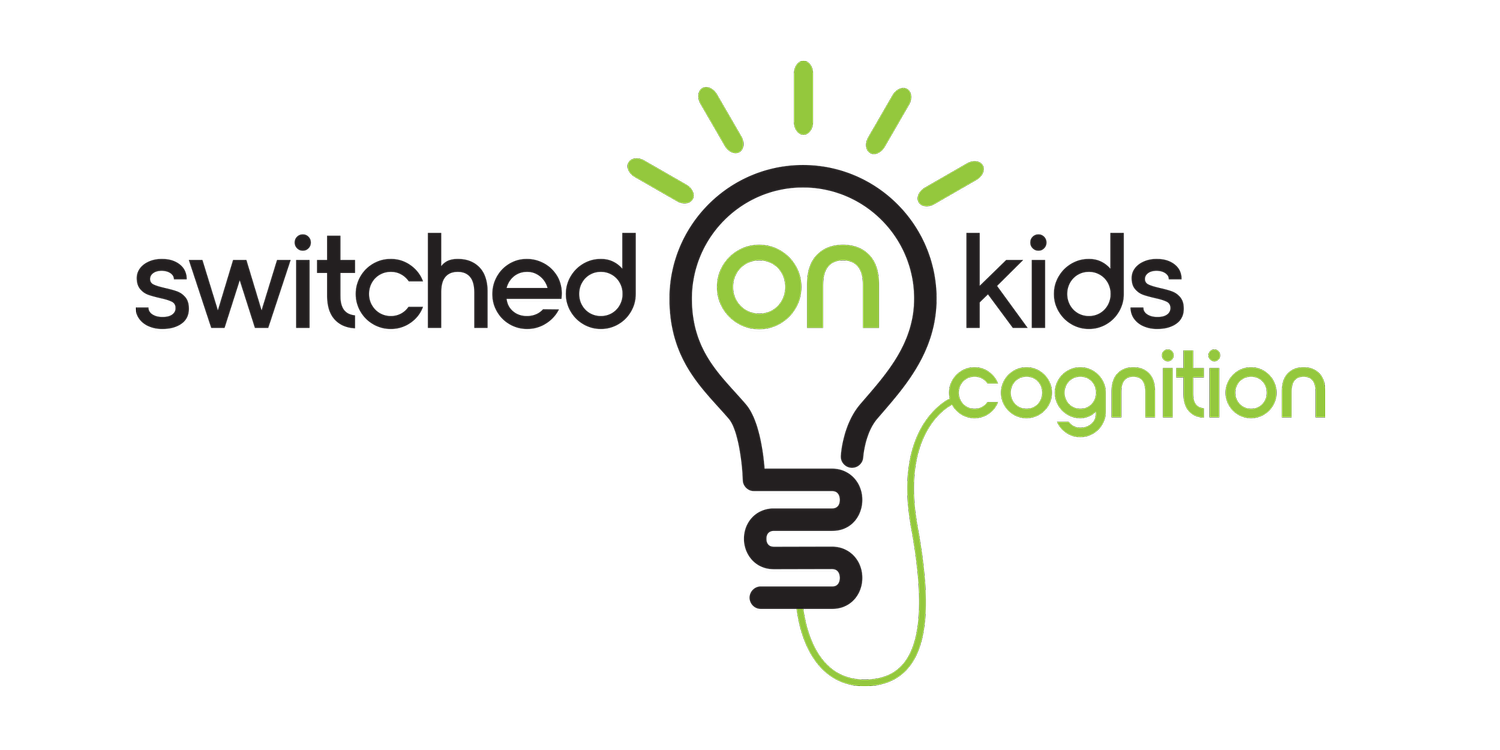Working with scary thoughts
Helping kids with “scary thoughts” - the aim of this blog is to provide some specific tips on helping children with “scary thoughts”. Children with OCD or anxiety often have intrusive/scary thoughts that can make them feel alone and scared. Your child may be reluctant to tell you about these thoughts as they may feel that they are “going crazy” or that they may not be understood. However, our children must know that we are their safe space and that it is okay to talk about anxiety-provoking thoughts and feelings. If your child already has a diagnosis of ADHD or autism, it is likely that they already feel “alone” or as if they are “the only one” and “no one will understand”.
Of important note, intrusive thoughts or OCD-like behaviours often appear during mid-late childhood or early adolescence when children may already feel that all eyes are on them and that they are being perceived as different. It is worth seeking professional help if your child is feeling overly anxious or has intrusive thoughts. However, there are also some important things that parents/caregivers can do to help their child.
Get educated: Learn as much as you can about anxiety and intrusive thoughts.
Get talking: Anxiety and OCD tend to run in families. In many cases, it will be helpful if you can be open and honest with your child about your own experiences. This does not mean becoming their “therapist”, however being heard, validated and having your understanding and support will make a difference.
Learn to listen: Listening to children is harder than you think. As parents our first instinct is often to jump in and “fix” the problem. However, one of the best things you can do to support your child is to create a safe and non-judgmental environment where they feel comfortable discussing their thoughts and fears.
Normalise: Talk to your child and normalise. The fact is that everyone has intrusive scary thoughts at times. They are quite normal. However, some people are better able to push them aside and get on with life while others may find them more distressing. When these thoughts are given more focus, they tend to re-occur. Let your child know that thoughts are just that – thoughts. Their thoughts are not them and having a scary thought does not mean that they will act on it or that it will happen.
Involve the entire family: The effects of anxiety and scary thoughts tend to have ripple effects throughout the family and home environment. Parents, siblings, and extended family (where possible) can be involved in learning different coping and support strategies.
Encourage healthy coping strategies: Help your child come up with a few personalised coping strategies for when they are feeling overwhelmed by scary thoughts. This might be a relaxation exercise, jumping on a trampoline, a big squeezy hug. Teach your child relaxation techniques, such as deep breathing or mindfulness exercises, to manage their anxiety.
Discuss cognitive strategies with your child: Pick a “scary thought” and help your child reframe that thought. Ask them how accurate their thought is likely to be? Ask them what evidence they have that this thought could be true? Ask them if they can come up with any other more realistic interpretations.
Consider formal therapy: Cognitive-behavioural therapy (CBT) helps children challenge thoughts, learn healthier coping mechanisms and gradually reduce their compulsions. Exposure and Response Prevention (ERP) is a specific form of CBT that involves gradually exposing the child to their fears and helping them learn to face these fears in small and manageable steps. Techniques from acceptance and commitment therapy (ACT) can be particularly helpful for children. ACT emphasises accepting intrusive thoughts and feelings as a normal part of the human experience. This means accepting these thoughts, rather than continually battling or attempting to get rid of them. Defusion techniques can help children realise that thoughts are just thoughts that come and go.
A technique I like to use (modified from ACT) is the “passengers on the bus” metaphor. Kids love the idea of being the driver of a bus. Ask them to imagine that their thoughts are like passengers on a bus. Some will be nice and friendly, while others are rude and disruptive. Imagine asking some to sit down, some to move to the back of the bus, and some to exit the bus. This is a great metaphor for the way our thoughts come and go (and both kids and adults enjoy playing with this metaphor).
As parents, living with an anxious child (and often our own anxiety) – it is important that we realise that we must be patient and supportive and that setbacks are common. Every child is unique in the way that they will respond to the strategies above and if you have any doubts, this is where professional guidance can be invaluable. For further information please see: One-on-one sessions.



